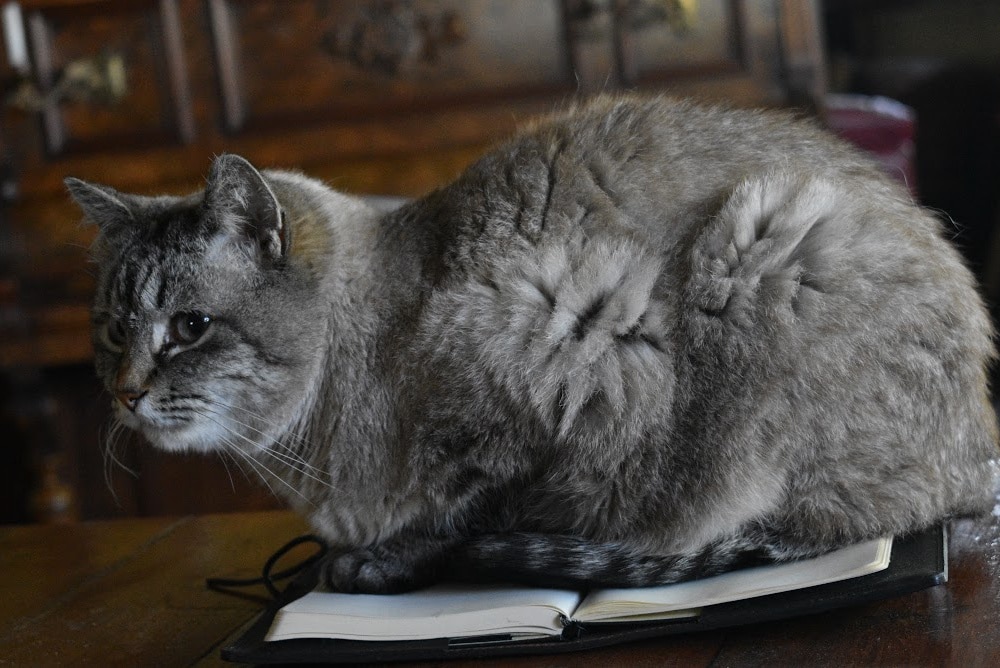Crafting believable conversations is a skill every writer must master. Writing dialogue that feels authentic, moves the story forward, and resonates with readers can elevate your storytelling to the next level. In this post, we’ll explore ten essential tips to help you improve your dialogue-writing skills.
1. Listen to Real Conversations
One of the best ways to learn the art of writing dialogue is to observe how people speak in real life. Eavesdrop (ethically, of course!) on conversations in public places or study dialogue in films and TV shows. Pay attention to word choice, rhythm, and the natural flow of speech. Real conversations are rarely perfect—they include interruptions, pauses, and unfinished sentences. Incorporating these elements can make your dialogue more realistic.
You might also try recording a casual chat with a friend (with their permission). Transcribing and studying the flow of your interaction can highlight nuances like filler words, tone shifts, or how people switch topics mid-conversation.

2. Give Each Character a Distinct Voice
Every character in your story should sound unique. This doesn’t mean exaggerating accents or using gimmicks, but rather ensuring their speech patterns, vocabulary, and tone reflect their background, personality, and motivations. Writing dialogue that distinguishes your characters will make them more memorable and help readers follow conversations without needing constant dialogue tags.
For example, a young tech entrepreneur might use industry jargon like “scalable solutions,” while a retired farmer might favor simpler phrases, reflecting a life rooted in practicality. If characters sound too similar, it can confuse readers and flatten their personalities. Take the time to ensure each voice stands out.
3. Avoid Overloading with Exposition
It’s tempting to use dialogue to explain backstory or plot details, but this can quickly feel unnatural. Readers can spot when a character is speaking more for the audience’s benefit than for the story’s. Instead, weave essential information into the narrative subtly. Writing dialogue that reveals just enough to intrigue without overwhelming keeps the reader engaged.
For instance, instead of having a character explain their life story outright, you could show bits of it through natural interactions. A throwaway line like, “I haven’t had pizza this good since I left Chicago,” can hint at the character’s origins without resorting to a full monologue.
4. Cut Out the Fluff
In real life, conversations are full of small talk, but in fiction, every line of dialogue should serve a purpose. Whether it reveals character, advances the plot, or builds tension, each piece of dialogue needs to pull its weight. Writing dialogue with intention ensures every word matters.
However, don’t be afraid to leave in a small amount of “natural fluff” for realism. For instance, a quick exchange like, “What’s the weather like out there?” followed by, “Cold enough to freeze your bones,” can set the mood for a scene without dragging on.
5. Use Subtext to Add Depth
What’s left unsaid can be just as powerful as what’s spoken. Subtext—when a character’s true thoughts or emotions are implied rather than stated outright—can make dialogue more compelling. For instance, a character saying, “I’m fine” while clearly being upset adds layers of meaning. Writing dialogue with subtext invites readers to read between the lines and engage more deeply with the story.
Subtext is particularly useful in tense or emotional scenes. Imagine a couple arguing about the dishes, but the underlying issue is one partner feeling unappreciated. The real conflict is in what’s left unsaid, creating a richer dynamic for the reader.
6. Pay Attention to Pacing
Dialogue can either speed up or slow down the pace of your story. Quick, back-and-forth exchanges create tension and energy, while longer, reflective monologues can slow things down. Writing dialogue with a sense of pacing helps you control the flow of your narrative and keeps readers hooked.
Consider the mood of your scene. A rapid exchange like, “Did you hear that?” “Hear what?” “I think someone’s outside!” builds suspense, while a slower, thoughtful monologue might fit a moment of introspection.
7. Read Your Dialogue Out Loud
The ultimate test for any dialogue is how it sounds when spoken. Reading your dialogue out loud helps you identify clunky phrasing, awkward transitions, or overly formal language. If it doesn’t feel natural when you say it, consider reworking it. Better yet, grab a friend or family member and read the dialogue together, almost like a scene from a screenplay. Hearing it as a back-and-forth conversation can reveal whether it flows naturally and sounds like a real interaction between characters. Writing dialogue that passes this test will resonate more with your readers.
If you don’t have someone available to help, recording yourself reading both parts of the conversation can also provide insights when you listen back.

While dialogue tags (like “he said” or “she asked”) are necessary for clarity, overusing them can distract readers. Instead, use action beats to break up dialogue and show what the characters are doing while they speak. For example:
“I can’t believe you did that.” She crossed her arms and glared at him.
This technique keeps the narrative dynamic while reducing the need for repetitive tags. Writing dialogue that flows naturally often means letting the context speak for itself.
9. Practice Economy of Words
Great dialogue often says a lot with very little. Resist the urge to let characters ramble. Focus on delivering impactful lines that reveal key aspects of their personality or advance the story. Writing dialogue that is concise yet meaningful creates a sharper, more polished narrative.
For example, instead of, “I think we should go back to the cabin because it’s starting to look like it might rain and I don’t want to get wet,” try, “Let’s head back—storm’s coming.”
10. Stay True to Your Characters
Above all, ensure that your dialogue aligns with your characters’ personalities and circumstances. A teenager from a small town won’t sound like a corporate executive from a big city, and that’s okay. Writing dialogue that feels authentic means letting your characters speak in ways that reflect their experiences and emotional states.
When in doubt, create a “cheat sheet” for each character, including their background, quirks, and favorite phrases. This can help ensure consistency throughout your story.
Why Writing Dialogue Matters
Dialogue isn’t just about words—it’s about creating connections between characters and readers. Whether it’s a heated argument, a tender confession, or a moment of comic relief, writing dialogue that resonates can leave a lasting impression. By implementing these ten tips, you’ll be well on your way to crafting conversations that breathe life into your stories.

Writing dialogue is an art, but like any skill, it improves with practice. Keep experimenting, listening, and revising until your characters’ voices feel as real as your own. With these tips in your writer’s toolbox, you can create dialogue that captivates your readers and keeps them turning the pages.
Is writing natural dialogue hard for you? What are your tips?





